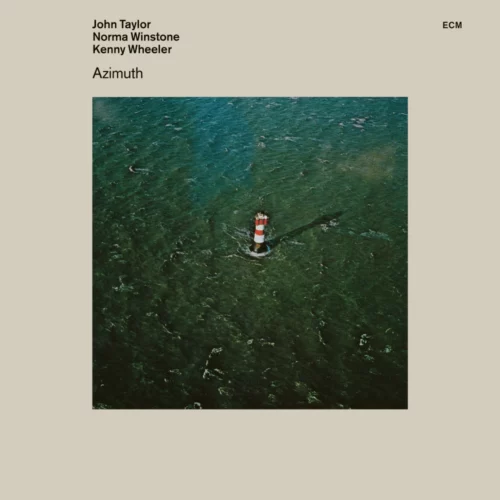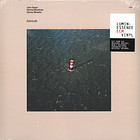ECM Records has dug into their 50-year history with their Luminessence series, uncovering gems like »Azimuth« and remastering them from the original analog master tapes. The result is a sonic feast in a deluxe gatefold sleeve with insightful liner notes. Listening to this music today, you’re struck by its sheer timelessness, a testament to the boundless versatility of jazz. »Azimuth,« recorded in Oslo’s Talent Studio in March 1977 by John Taylor, Norma Winstone and Kenny Wheeler, is a six-piece album that breaks free from conventional jazz traditions. Much is different here. Azimuth, as they have called themselves as a trio for almost 25 years, completely dispense with bass and drums, the rhythmic foundation of jazz. Instead, they use the piano and synthesizer (Taylor), the voice (Winstone) and the trumpet and flügelhorn (Wheeler). Kenny Wheeler takes a back seat, often only adding accents to his playing. The resulting gaps are filled by a synthesizer that opens up a whole new world. There’s an opening up of jazz to loops and other textures from electronic music, to ambient New Age music as it would reach its peak ten years later, to the minimal music of a Steve Reich or Terry Riley. Norma Winstone colours the patterns with her voice, often without words. At least that’s the case with the two central pieces, the twelve and a half minute »Azimuth« and the over nine minute »The Tunnel« (a piece recently rediscovered by musicians like Floating Points and even Drake). The very beginning and the very end of »Siren’s Song« and the beautiful »Jacob« are jazz in the »classical« sense. Even in quotation marks. But they set a bracket. They take us by the hand. They lead us in and out of a world that celebrates the free and the transcendent. What else does jazz do? »Azimuth« is a great album.
Nels Cline
Consentrik Quartet
Blue Note


